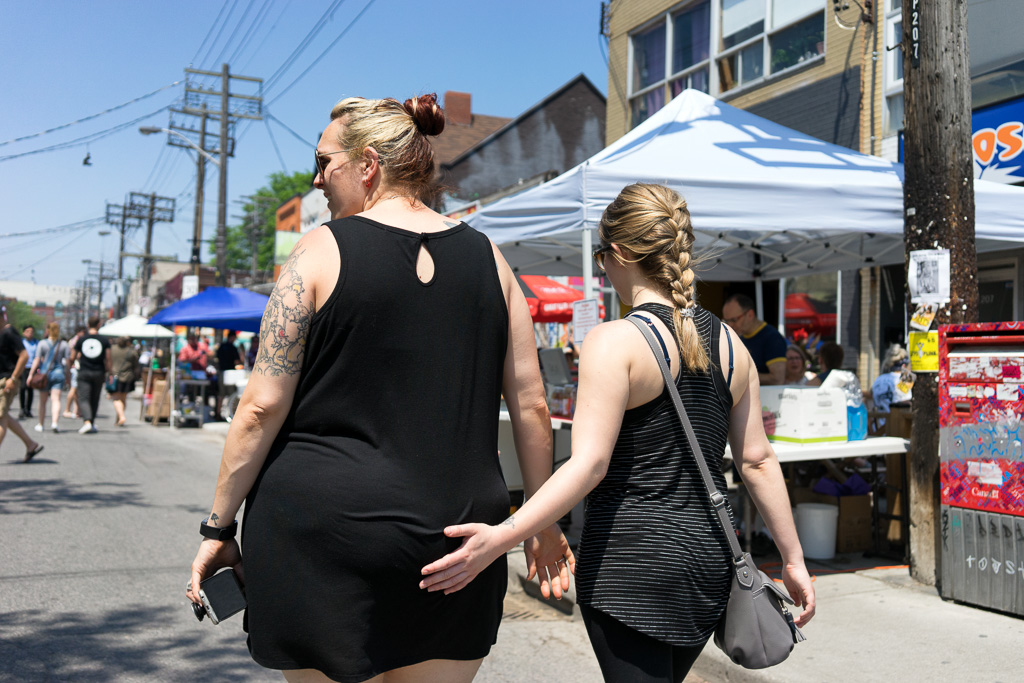In her seminal 1969 book, On Death and Dying, Elisabeth Kübler-Ross outlined the five stages of grieving: denial, anger, bargaining, depression, and acceptance. I wonder if there isn’t a similar set of stages at play in our mask use. My speculations have no scientific data to support them. All I can offer are my personal observations of others wearing masks in public spaces and, of course, reflections on my own responses.
The first time I encountered mask-wearing as a normalized practice was on a visit to Hong Kong in 2016. Since the outbreak of the Spanish flu in 1918, mask-wearing has been a common practice in large Asian cities like Tokyo, Hong Kong, and Seoul. These cultural hubs are probably more receptive to mask-wearing because of their long-held values of respect for elders and commitment to social responsibility. As a Westerner thoroughly indoctrinated in the values of individualism and aggressive self-interest, my first response to mask-wearers was: Well, isn’t that odd! If they want to do that, then good for them; but I’ll never do that. Denial.
On March 11, 2020, when the WHO declared a global pandemic, and when local public health officials recommended mask-wearing as a preventive measure, I grudgingly went along with the new protocol. I didn’t like it, but I went along with it. I manifested anger, but not at mask-wearing. Instead, I got angry at people who refused to comply with the protocol. In particular, I remember an incident when a maskless neighbour tried to step into the elevator with me and I stood in his way and wouldn’t let him on. He yelled at me and called me a covidiot, which I thought was an ironic thing to say. I shrugged my shoulders and told him he could wait for the next elevator. Anger.
It’s been a long time since this began, so we forget how we felt in the early days of our mask-wearing. I remember feeling anxiety and uncertainty. There were questions about what kinds of masks we should be wearing. How many layers? Did we need to wear them outdoors? When we weren’t wearing them, could we strap them to our wrists? Disposable vs. washable? What about the environmental impact of disposable masks? Some people started sewing masks, little social projects like knitting wool socks for soldiers during the war. Some people started treating masks as fashion statements. Others hot stamped logos onto the cloth, personal branding, or declarations of personal affiliation. Nike masks. Hells Angels masks. These questions about masks sounded a lot like bargaining.
With the arrival of the omicron variant, people realized that home-sewn masks weren’t good enough. I tossed all my triple-layered cloth masks and began wearing only N95 masks. I noted that most people did the same or, at the very least, resorted to those blue medical masks. The heavy duty masks offered some reassurance, but with winter approaching, it was such a drag. Depression.
To make my narrative fit the Kübler-Ross paradigm, I should round this out with an “acceptance” stage. However, I don’t see evidence of acceptance. I don’t think we can say there has been a long-term adoption of mask-wearing. It certainly hasn’t embedded itself in North American culture the way it has in many Asian cities. If anything, I think we’ve reverted to the bargaining stage. Where I live, in Ontario, the government has lifted masking mandates. The same is true in the U.S. and in Western Europe. Infectious disease experts tell us we’re in the midst of a 6th wave, but politicians want to bargain with the virus. Go easy on us. We want to get on with our lives. Let us throw away our masks.















